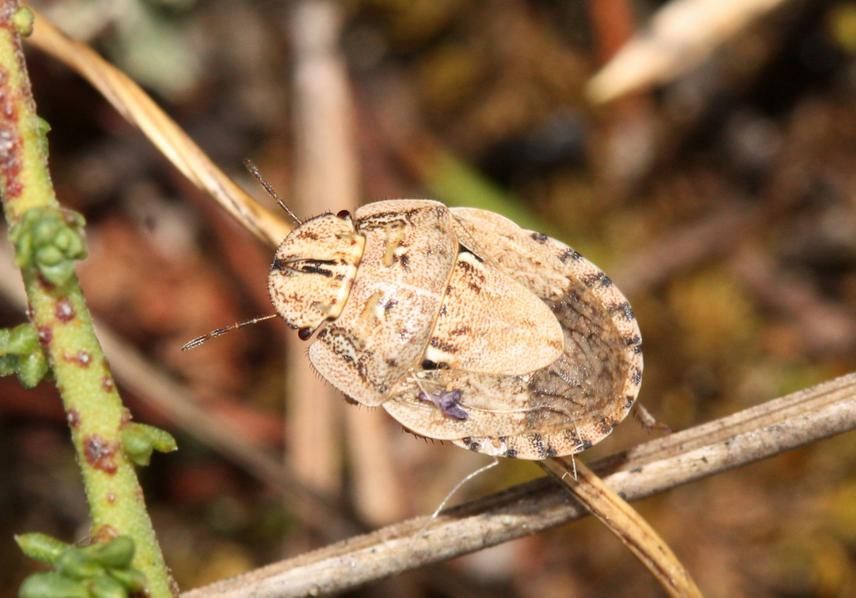Jelena Šeat
Other projects
18 Mar 2015
True Bugs (Heteroptera) of Halophytic Habitats in Vojvodina (Part I) – Providing Data for Conservation and Popularisation of a Neglected Insect Group
5 Dec 2016
True Bugs (Heteroptera) of Halophytic Habitats in Vojvodina (Part II) – Opportunities for True Bugs Conservation in the Banat Region
25 Mar 2019
True Bugs of Halophytic Habitats in Vojvodina (Part III) – Elaboration of Rapid Assessment and Monitoring of Pannonian Saline Grasslands Based on True Bugs
The Pannonian Region harbours some of the most endangered inland sandy habitats in Europe having the widest sandy areas of the region placed in Serbia and Hungary. Intensive afforestation in the region and the high presence of invasive plants puts great pressure on the biodiversity of sandy habitats, especially those related to sandy grasslands. Grasslands on sandy soils preserve very unique flora but also characteristic true bug communities. Unfortunately, nowadays, the survival of these autochthonous communities is under threat with a fast spread of newcomers.

Habitat specialist of sandy grasslands—Menaccarus arenicola.
Data on true bug fauna of sandy habitats in Serbia are scarce and the latest visits to sandy areas in the country were done almost 30 years ago. For project purposes, we will visit historical localities in Subotica Sands, Deliblato Sands and Ram-Golubac Sands in Serbia. Hungarian true bug communities of sandy areas have been known mostly throughout ecological studies in the Kiskunság Sand Ridge. Kiskunság is the most notable and the most extensive sandy area in central Hungary, but not the only one, hence, sandy enclaves on the east and the west of the country will be visited by our team as well.
The project aims to make a proper inventory of true bug fauna in the remaining sandy grassland fragments of Hungary and Serbia, to present an up-to-date checklist of species, to map habitat specialists in the region, to propose national and regional Red List candidates and to define the key species and associations that can be included in the assessments and monitoring of these grasslands. All project results will be used to create an efficient protocol for the evaluation of sandy grasslands, based on the monitoring of true bug indicators. Besides true bugs, monitoring of pollinators of selected sandy grasslands in Hungary and Serbia will also be done to analyse how well true bugs perform side by side with pollinators, whether they could be used on their own for monitoring and evaluation and how well they represent insect diversity in sandy grasslands.
A regional conservation plan is needed to preserve the unique biodiversity of the Pannonian sandy areas; therefore, this project is a great opportunity for conservationists from various fields (activists, scientists, managers of protected areas, local authorities etc.) in Hungary and Serbia to share experiences and contribute to this cause.
Header: Ailanthus altissima occupied a previously open sandy grassland.